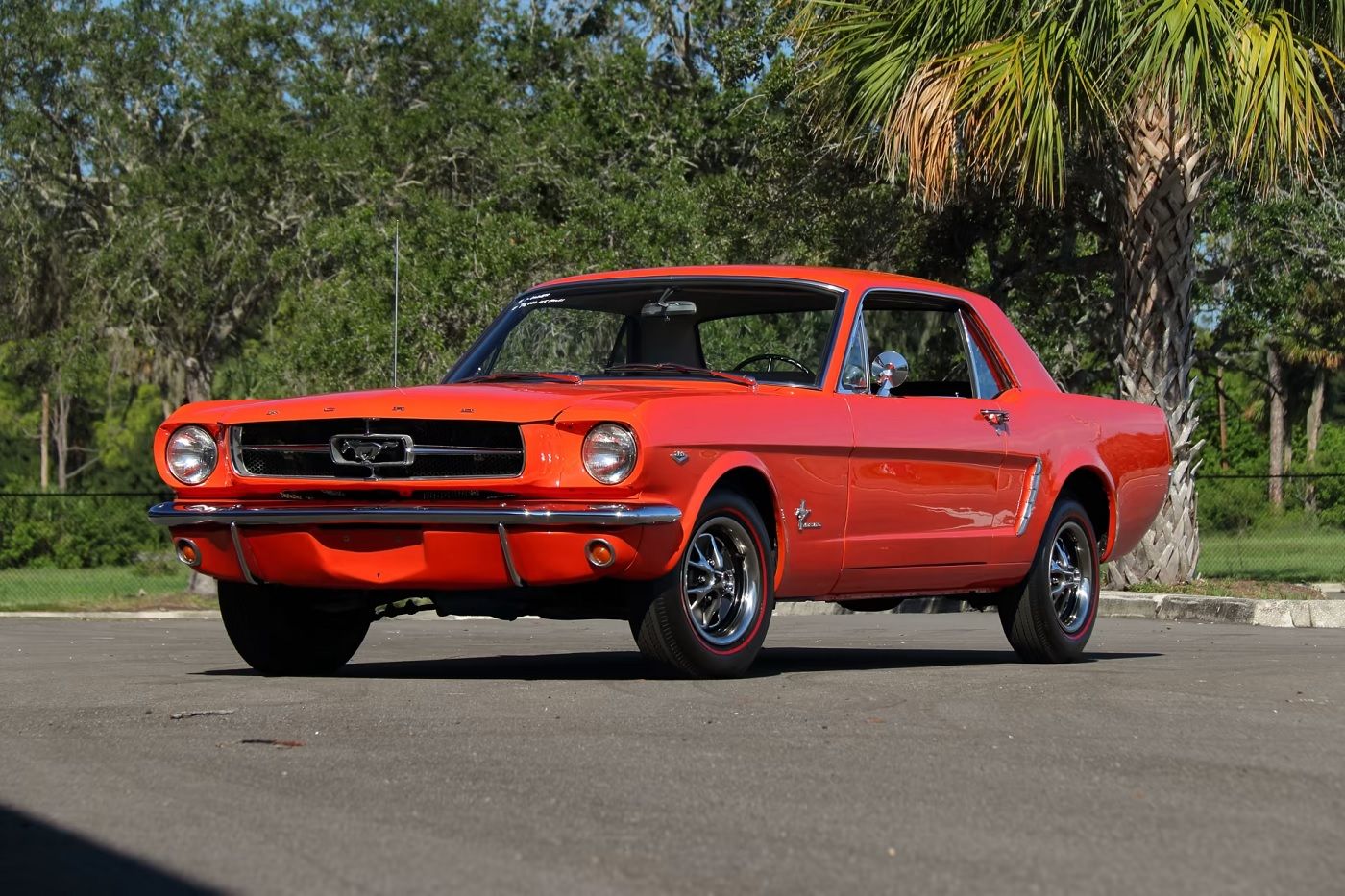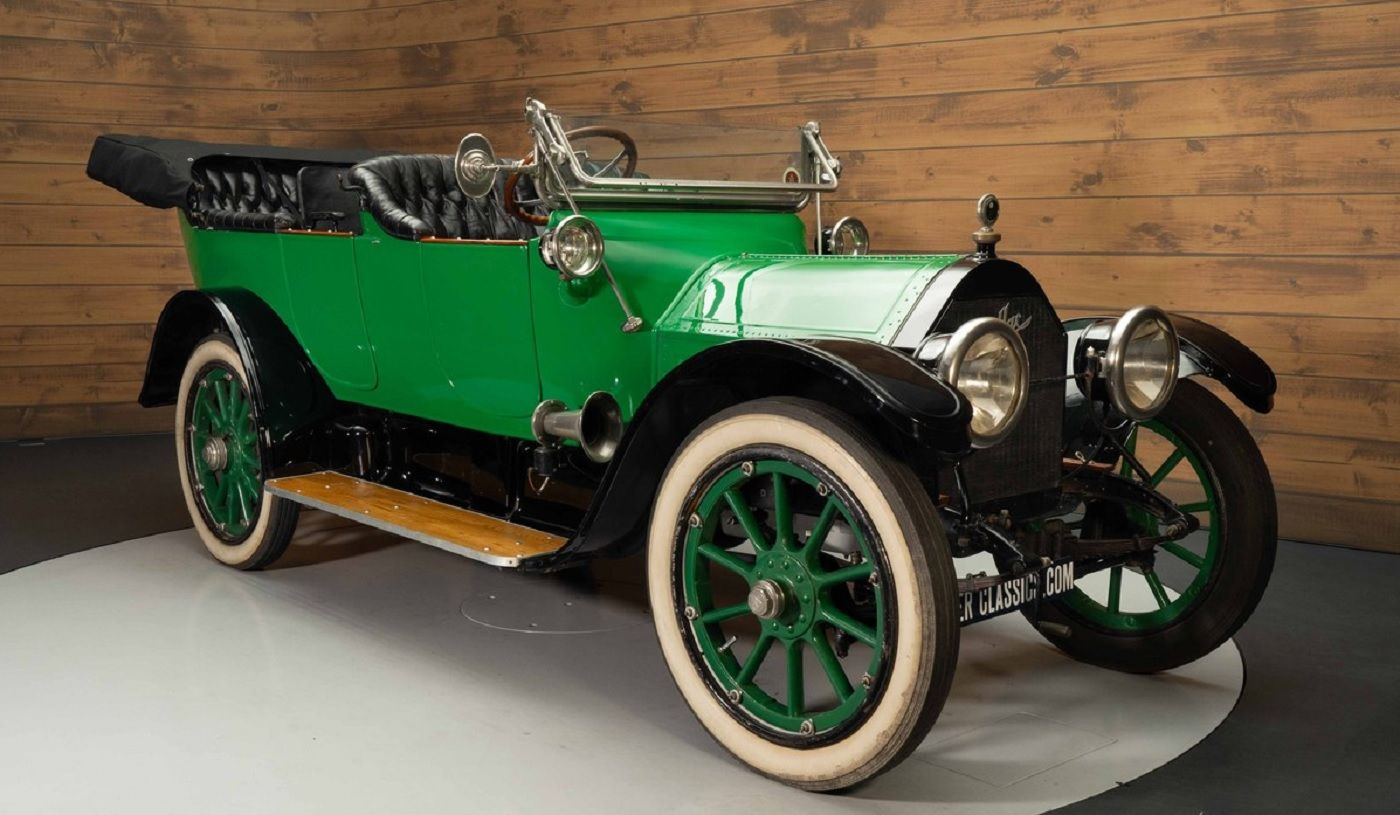The Dawn Of Electric Ignition Starters In Automobiles
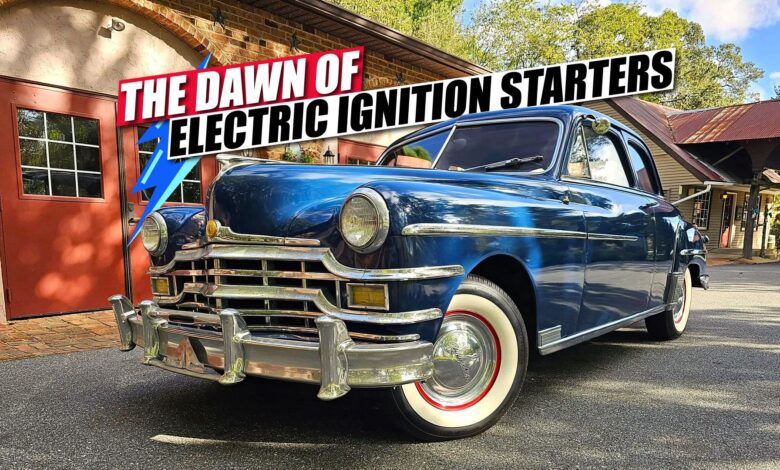
Key Takeaways
- Chrysler pioneered key-operated ignition systems in 1949 for safety reasons, preventing accidental engine starts.
- Ford introduced dual-sided keys in 1965, simplifying the starting process by allowing key insertion regardless of orientation.
- Electrically-operated starter motors revolutionized car safety, replacing the dangerous crank handle method in the early 20th century.
Many modern cars don’t need keys to start, with small keyless entry devices that the car can sense, allowing owners to simply jump in, hit the starter button, and get going.
Prior to 1949, however, starter buttons were the standard way of starting pretty much every classic car. Keys were used to arm vehicle electrical systems, but the button was the ticket to getting your pride and joy mobile. Chrysler is the brand that threw out the rulebook in 1949 and came up with a method that would become the norm over the next eight decades and counting.
10 Highly Innovative Car Features… That Flopped Miserably
In the pursuit of excellence, automakers have introduced innovative but bizarre creations that simply failed.
Chrysler Became The First Manufacturer To Use Keys To Start The Engine
Why Chrysler Developed The Turn-Key Ignition System In 1949
- Safety was the key reason, as the established push button could easily be accidentally pushed, starting the engine
- If the car was in gear, it could run away and crash, causing potential injury to occupants or passers-by
- The new barrel forced drivers to hold the key under resistance to fire up the starter motor, making it difficult for passengers to start powerplant accidentally
Despite electric starter motors having been around for several decades before 1949, they worked with a small button that engaged the starter motor. While this worked well in making the process of firing up a car’s engine much simpler and less hazardous, there were still safety concerns with such a system. The onboard electrical systems were operated with a key, which needed to be done before the starter motor button could be pushed to bring the powerplant to life.
According to an April 1949 edition of Popular Mechanics Magazine, safety issues with the push-button starter were the main drive behind Chrysler’s introduction of a turn-key system. Chrysler’s new solution essentially combined the turn-key ignition system with the push-button starter, with a tumbler added to the ignition barrel to allow the driver to turn it further.
The article detailed that problems had arisen with the old system when the ignition had been inadvertently left on while the driver was absent. Unknowing passengers, such as children or even pets, could accidentally hit the starter button and fire up the engine while it was still in gear, which could cause the car to run away.
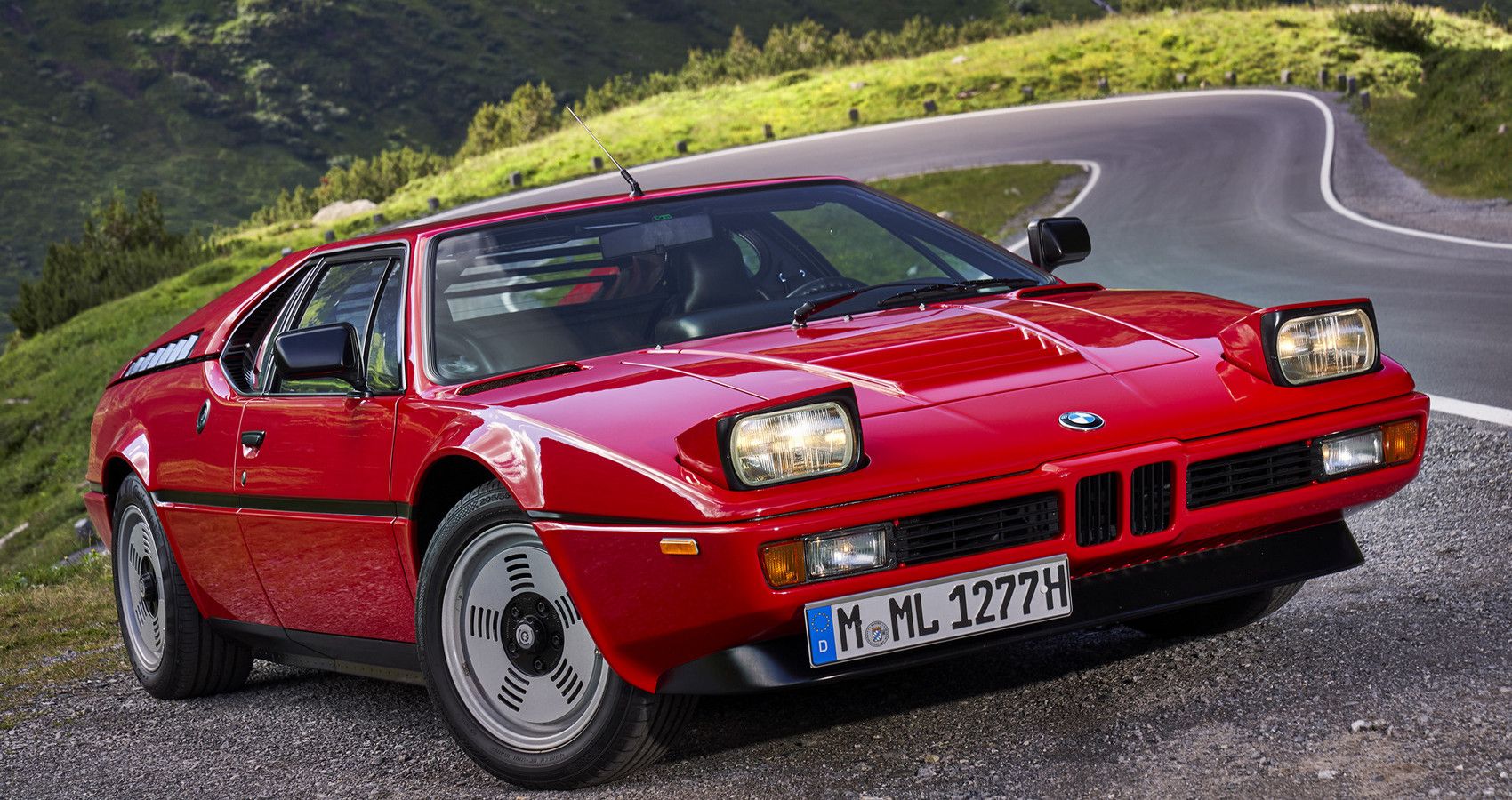
The 10 Most Underrated Classic Car Features You Don’t See Anymore
While modern cars are packed with technology, we miss these underrated classic car features.
The beauty of Chrysler’s new key-operated starter motor was that it needed to be held in a further position for a couple of seconds to start the engine before it then sprung back to the second ignition setting. This made it much more difficult for the powerplant to accidentally start through the brush of a button that was easily accessible.
Chrysler introduced its innovation on all of its 1949 models, such as the Windsor sedan, New Yorker coupe, and Royal station wagon. The marque was keen to push safety in the post-war years, with a brochure showing off its 1949 range outlining other hazard-reducing features that were included.
This included the Safety-Cushion dash panel that surrounded the key-operated ignition-starter motor arrangement. All the driver instruments were placed in what Chrysler called the ‘Safety-Eye’, which had a small shroud around the edge to prevent reflections making it difficult to read, which in turn could cause drivers to take their eyes off the road for longer than they needed. Chrysler also included rotary switches, which were easier to use while on the move.

Google News
Add HotCars to your Google News feed.
Ford Was The First Manufacturer To Offer A Dual-Sided Ignition Key
Chrysler’s new combined ignition-starter system proved to be a triumph in terms of safety, and over the coming years, it was integrated by manufacturers all over the world due to its effectiveness in preventing accidental engine starts.
Its rival Ford came up with a novel development to the system in 1965, where it started to offer double-sided keys, according to key specialist publication Locksmith Ledger.
This meant drivers could simply insert the key and start the engine whichever way around, rather than having to remain conscious of which side was being put on. While sounding like a novelty, it made the process of getting the car moving simpler and easier, and it caught on with other manufacturers going forward. From here, the well-proven system continued to be developed to be safer and more secure.
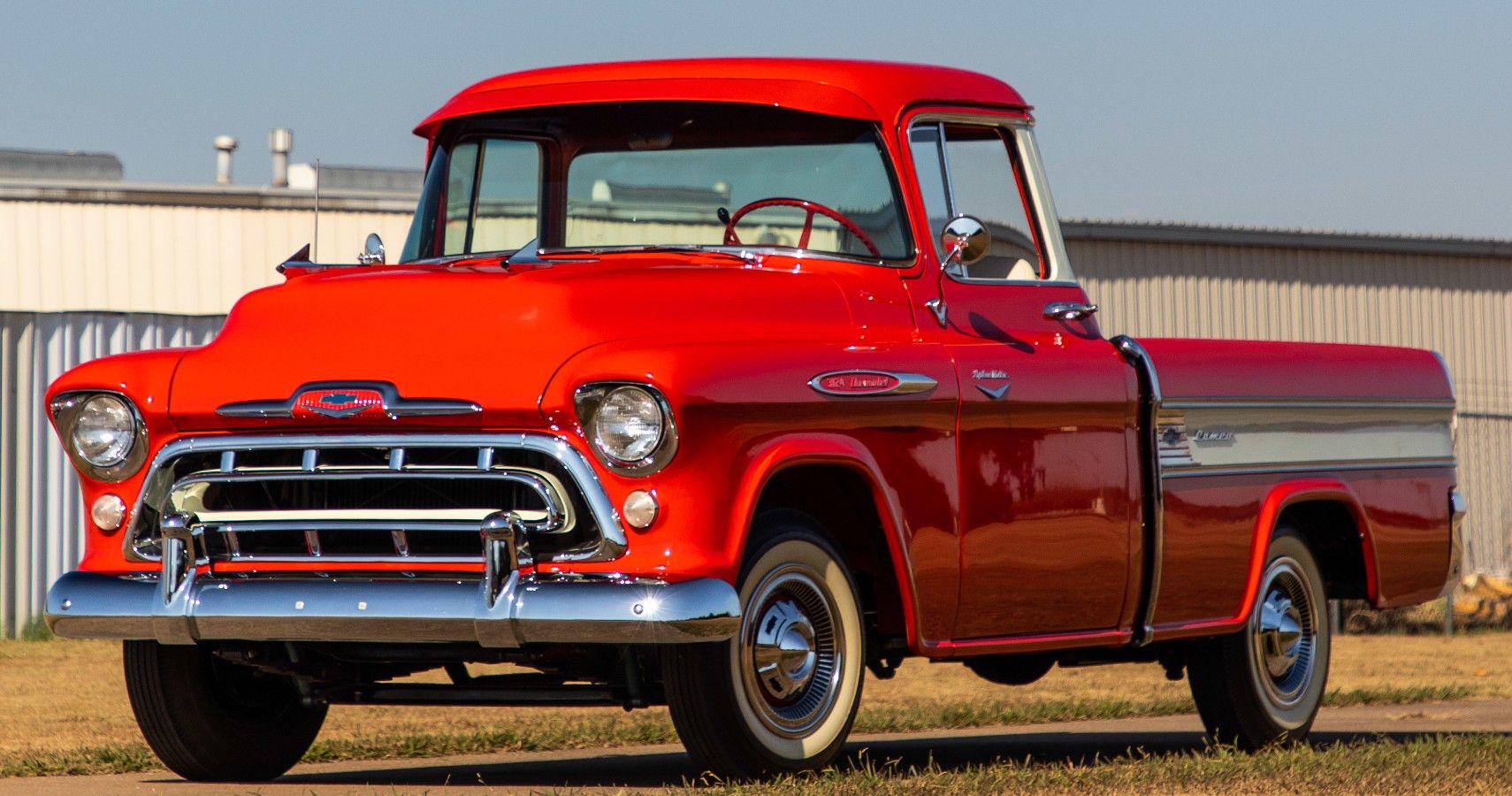
Vintage Pickup Trucks: 10 Timeless Beauties That Still Turn Heads
Vintage pickup trucks never cease to captivate us with their beauty and wow us with their ride.
The 1986 Corvette Added An Anti-Theft System To The Ignition Key
Chevrolet added a coded resistor to the keys of its 1986 Corvette models to prevent the car from being stolen, as without the signal from the key, the starter wouldn’t be able to start the engine. Also keen to reduce the likelihood of its cars being stolen, manufacturers such as Lexus introduced laser-cut keys into their products.
Laser cutting allows more intricate and detailed keys to be produced, making them much harder to reproduce. This also helps in terms of the ignition barrel, as it means potential thieves will struggle to find anything that will slot incorrectly due to the complicated outline.
Safety Was A Big Reason Behind The Invention Of Electrically-Operated Engine Start
Advantages Of Electrically-Controlled Starter Motors
- Much simpler to operate with a simple button, rather than having to connect up the handle
- It is safer due to the lack of kick-back when the engine fires up
- More usable for many drivers, as some may not be strong enough to use a crank handle, especially those already carrying an injury
(Source: GM Heritage Center)
As crazy as it seems, just starting your car for work in the morning in the early 20th century could be immensely dangerous. The dawn of the motorcar saw the newly-found contraptions start with a crank handle, which connected directly to the vehicle engine’s crankshaft. The circular motion of the handle would turn the crankshaft to get it started, though this came with the hazard of causing injury as the powertrain bursts into life.
Many drivers could suffer broken wrists as the engine started turning the handle at high speed, meaning those operating the system needed to let go as soon as they felt the engine catch. Eventually, enough was enough, and Cadillac became the first manufacturer to offer an electric starter that could be operated via a simple push button. According to GM Heritage Center, the first car to be fitted with the technology was the 1912 Cadillac Model 30. According to the manufacturer, legend dictates that the emergence of the technology came after another accident involving a crank handle.
A good Samaritan is thought to have stopped to help a stranded motorist on the Belle Isle Bridge, before trying to get their vehicle started with the customary handle. He was allegedly killed as the handle kicked back, the man was thought to be a good friend of then-Cadillac boss Henry Leland. The legend goes that, keen to prevent similar things from happening in the future, Leland pushed for the development of a safer option. Whether the story is true or not has not been officially confirmed, though the legend is cool nonetheless.
The system that resulted on the Model 30, which was slightly slower than its big Ford Model T rival, was designed by Charles Kettering in 1911. The world’s first starter motor had arrived, and it changed the game completely. It worked by using an electromagnet that pushed a small rod, which worked a pinion that then turned the flywheel. This in turn would get the starter motor going, which spun the engine over to get it started. The electromagnet was operated by a small button on the dashboard, removing any need for drivers to risk losing any of their appendages just to collect some milk.
The advent of the electrically-operated starter motor is likely one of the most important in the history of the car, as it helped to turn the concept of the automobile from a dangerous hobby to a contraption that would soon go on to form the background of modern society. Had the solution not been found, it can be argued that the motorcar as we know it would have been culled long ago, as the ever more safety-minded world simply wouldn’t have put up with the extreme risk of simply getting an engine going.
Sources: GM Heritage Center, Popular Mechanics Magazine, Car and Classic, Chrysler, Locksmith Ledger, Mecum Auctions, Chevrolet.
